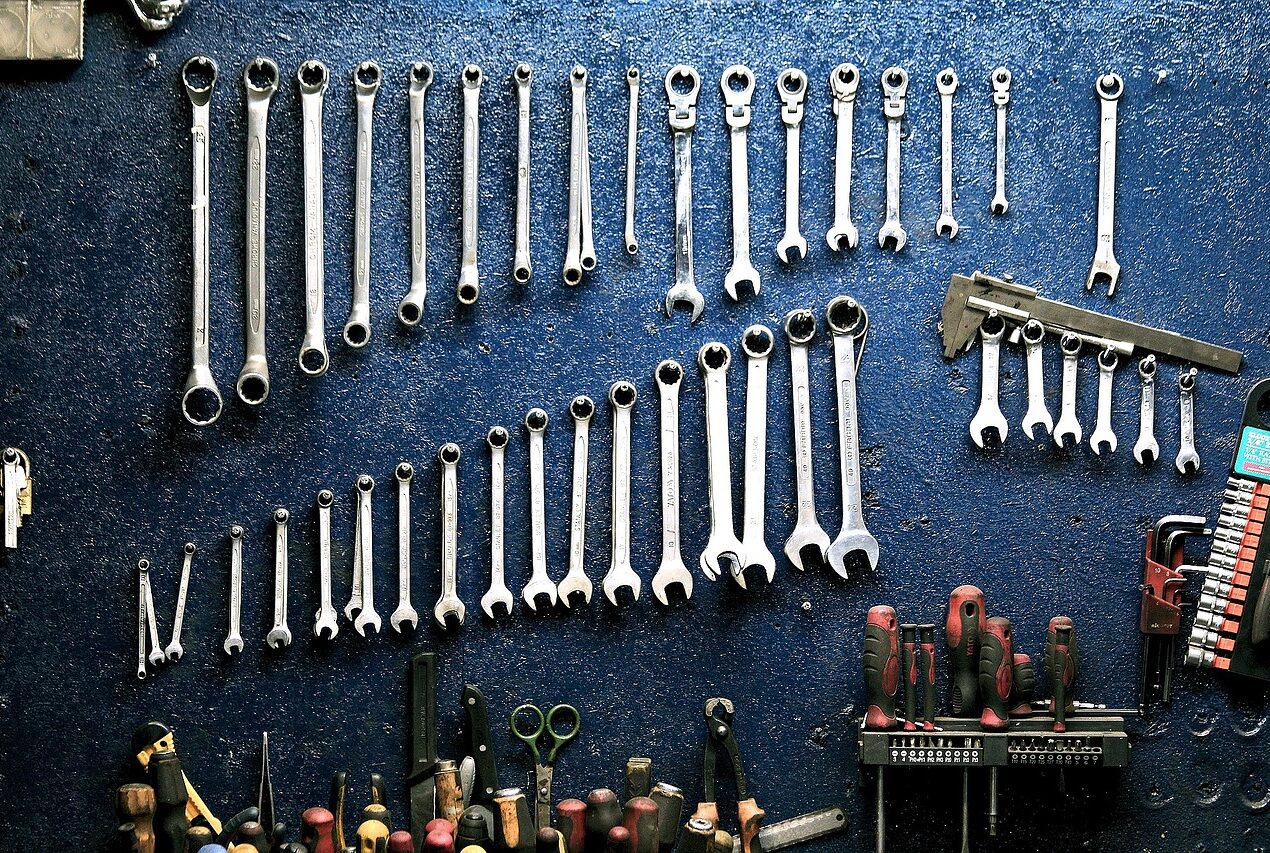This post is a part of a series of sponsored auto posts.
I’ll admit, I’m not usually the greatest at remembering to maintain my vehicle. Time flies by and it’s easy to forget that it’s due for an oil change, tire balance, or a new air filter. Maybe it’s even time to check out what is making that weird noise in the front end of the vehicle. It’s hard to know what needs to be done regular to keep up your car, that’s why I created this simple guide to maintaining your vehicle. Here’s what to keep tabs on!
- Oil Changes – If you have standard oil, you should be getting your oil changed every 3,000 miles. If you have synthetic oil in your vehicle, that milestone gets bumped up to 6,000 miles. It’s smart to keep a record of the mileage each time you get your oil changed, even though most places will put a sticker on the inside of your windshield, it’s good to have a full list of maintenance for your records.
- Belt Changes – Learn how to check your vehicle’s timing belt and serpentine belt so that you can recognize if they are getting worn down, because you’ll want to catch that before it actually breaks (or you could be dealing with more damage than just the belt!) A typical frame of reference is to change your serpentine belt after around 40,000 miles and your timing belt after approximately 60,000 miles. Of course this will vary based on your vehicle so if you know what to look for, you can save yourself time and money by being preventative!
- Tires – You put a lot of confidence in your tires, we all do! Make sure at least once a month to check their tire pressure and condition. A Maryland Hyundai dealer recommends balancing and rotating your tires every 3,000-7,000 miles, and you’ll definitely know it’s past time if your steering wheel starts shaking at high speeds or your ride seems unusually bumpy.
- Air Filter – Your engine’s air filter can get pretty dirty if you don’t check it regularly (especially if you spend a lot of time in traffic commuting). It’s a good rule of thumb to change it every 6 months or 6,000 miles. Even better, learn how to check your vehicle’s engine air filter so that you can tell when it’s dirty and needs to be replaced. And if you’re really feeling motivated, learn how to change your cabin air filter as well, which is much easier than the engine’s air filter.
- Fluids – This goes hand-in-hand with your oil change, but this time I’m adding in your transmission fluid (should be changed roughly every 3,000 miles), your wiper fluid (make sure there is always enough in there), your coolant (or antifreeze), and power steering fluid. These are critical fluids to watch in your vehicle.
By keeping an eye on your vehicle’s important components, you can save yourself expensive repairs in the long run. Preventative maintenance is the best way to keep your car running smoothly!


Leave a Reply